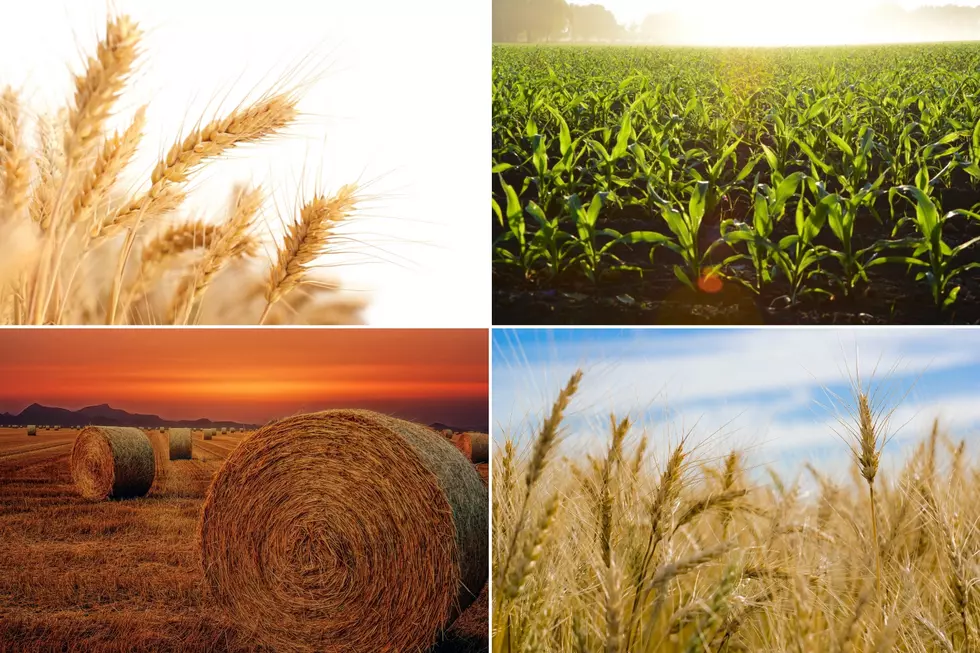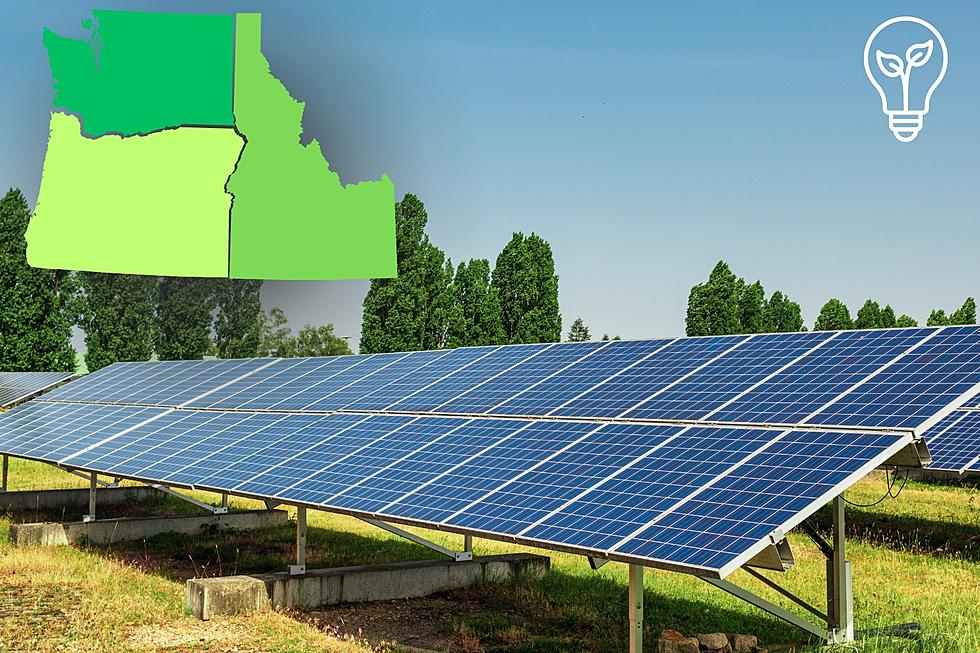
Now That Phase One Is Done, What Does Trade Between U.S. & China Look Like?
The Phase One trade agreement between the U.S. and China recently came to a close, even though China didn’t meet the purchase requirements in the agreement. However, the end of Phase One doesn’t mean the end of ag trade between the two countries. Dan Whitley, the administrator of the USDA’s Foreign Agricultural Service, said China’s growing middle class is looking for better quality food in their diets.
“You can't ignore a population of 1.7 billion people. What some people may not know is that their middle-class consumers are the size of the entire U.S. population. You're talking about 350 to 375 million middle-class consumers in China, and we know it's important because one of the first things that a middle-class consumer does when they move from low income to middle class is to improve their diet: high-quality protein, fruits, and vegetables, they eat out, all areas where American agriculture is second to none.”
However, Whitley said dealing with China comes with “complexities”.
“You know, I'm expecting $35 to $36 billion worth of product going into China this year, that could easily be $41, $42. Even with these phenomenal numbers, we're still dealing with some non-tariff measures: we're still dealing with slow approvals of our biotech events, we're still dealing with the lack of transparency and the reliability of doing business with China. We’re still dealing with that, and we’re going to export $35 or $36 billion, so it could be better, and we know it can be better, and we're trying to make it better.”
Whitley talks about the administration’s plans for talking trade with China.
“It does look like we'll have discussions around more purchases from China. Now, who knows where this will go? We think that China left about $5 or $6 billion on the table from their purchase commitments in the Phase One agreement. The second piece will be an exclusions process. Now, many of you may remember when we had the trade dispute, that when we developed the Phase One agreement, they came out and said Hey, okay, if you want an exclusion where we don't put a tariff on a China product, let us know, and the administration would consider that and, hopefully, your inputs or your products you need to do your business won't face a tariff. They left off a lot of ag products, and some of you did face tariffs. So, with this exclusion process being the second piece, this will give us a chance to say, hey, here are some products where we think we need to have exclusions. These are inputs that American agriculture needs to be successful, and these exclusions will help pave the path for us to continue to produce and out-compete with everybody else in the world.”
He admits to being “nervous” about the possibility of Section 301 tariffs as they continue to analyze China’s trade policies and tactics. The first place other countries retaliate when hit with tariffs is against American agricultural products.
If you have a story idea for the PNW Ag Network, call (509) 547-1618, or e-mail gvaagen@cherrycreekmedia.com
More From PNW Ag Network









